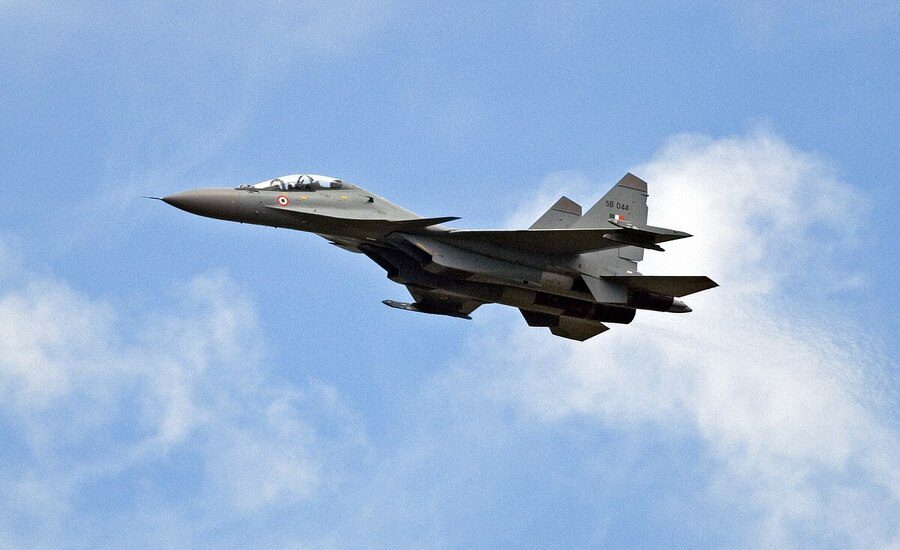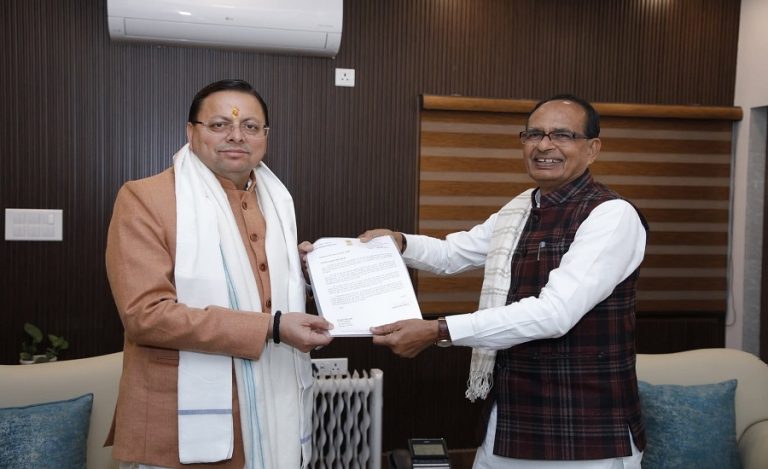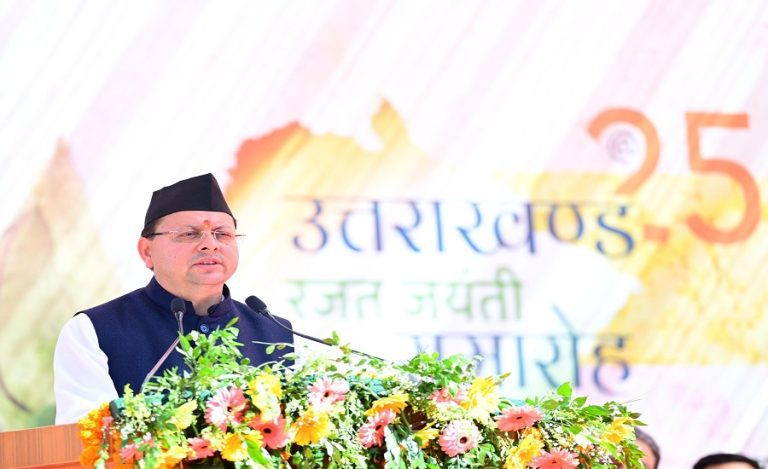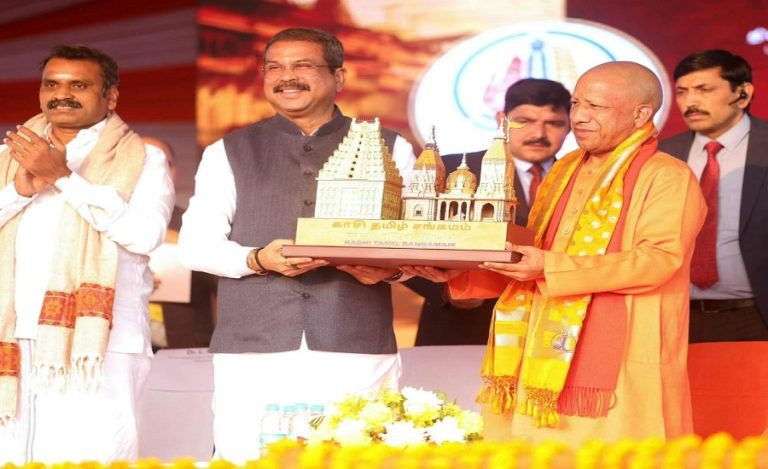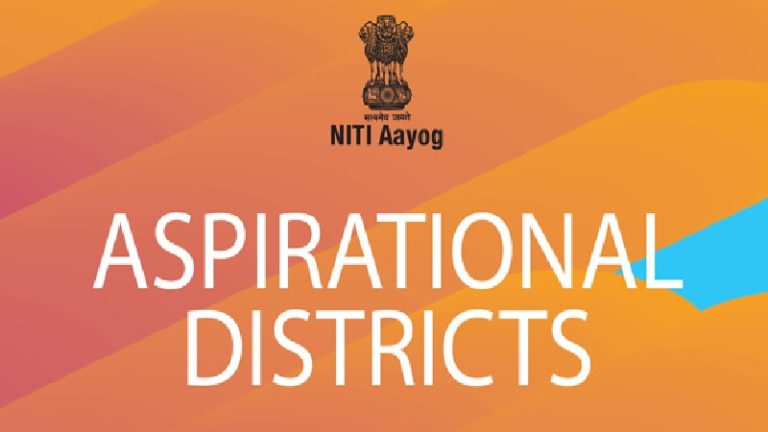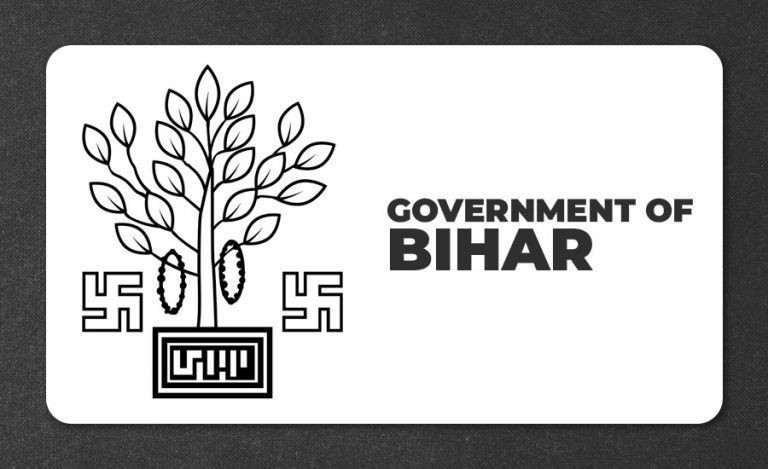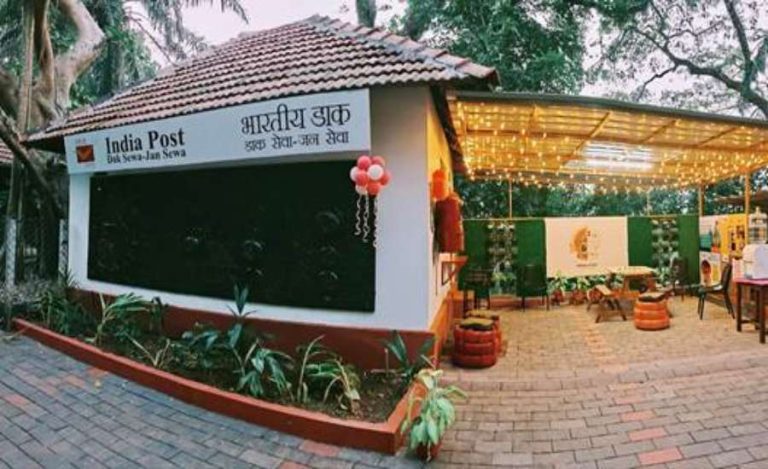New Delhi: The Su‑30MKI has long been the backbone of the Indian Air Force (IAF). With several jets in the fleet approaching their mid-life mark, India has moved to initiate a comprehensive upgrade programme, termed “Super Sukhoi”, to extend the service life by around two decades and maintain air dominance.
With neighbouring peers advancing their fighter and BVR (beyond-visual-range) missile capabilities, India found it timely to transform its fleet rather than start anew.
Su-30MKI Upgrade: Key Features at a Glance
A modern digital “glass cockpit” with multifunction displays and mission avionics, replacing older analog systems.
Introduction of an indigenous GaN-based AESA radar — the Virupaksha AESA radar from DRDO — boasting a detection range roughly 1.5-1.7 times greater than the current radar.
Unified advanced Electronic Warfare (EW) suite: Self-Protection Jammer (ASPJ) pods, new Radar Warning Receivers (NG-RWR), Defensive Aids System (DAS) and indigenous sensors developed with private sector participation.
Weapon integration upgrades: Seamless integration of next-gen air-to-air missiles like the Astra Mk 3, precision-guided munitions, air-to-ground weapons, advanced datalinks and secure communications for network-centric operations.
Target fleet size: Initially around 80-90 aircraft to be upgraded in the first tranche, prioritising those ready for life-extension and capability boost.
Su-30MKI Upgrade: Who’s Involved & Timeline
The upgrade is being orchestrated under a collaborative model – Hindustan Aeronautics Limited (HAL) will act as the lead systems integrator, with DRDO contributing key systems and private Indian industry taking charge of a subset of subsystems.
HAL: Lead integration, installation and flight testing.
DRDO: Core technologies (radar, EW, avionics).
Private sector: Manufacturing of designated systems under Development-cum-Production Partner (DcPP) frameworks.
Targets: IOC (Initial Operational Clearance) in ~5 years post-sanction; FOC (Full Operational Clearance) approx.
7 years post-sanction – The final sanction is currently under review by the Ministry of Defence (MoD) and expected to be fast-tracked to the Cabinet Committee on Security (CCS).
Strategic Implications
The upgrade achieves multiple critical objectives:
- Extends the operational relevance of the Su-30MKI fleet well into the 2040s, bridging the gap while next-generation platforms (such as the AMCA) mature.
- Deepens India’s “Atmanirbhar Bharat” (self-reliant India) drive in defence, with the domestic content targeted up to ~78%.
- Enhances India’s ability to counter evolving threats from peer adversaries equipped with advanced BVR missiles and stealth capabilities.
- Strengthens the indigenous defence industry ecosystem by giving robust integration and manufacturing work to Indian firms, HAL, DRDO and private startups alike.
Su-30MKI Upgrade: Challenges & What to Watch
Technical complexity: Integrating modern radar, EW and weapons onto a legacy air-frame demands rigorous testing and certification.
Read Also: India’s Sky Shield: IAF ASPJ Pods Procurement Enhances Su-30MKI’s Survival Edge
Budget and time-line risks: Large-scale upgrade programmes can face delays, cost escalation or logistical bottlenecks.
Industrial readiness: Ensuring private sector partners deliver quality and schedule will be critical for success.
Operational transition: Upgrading in-service aircraft without major disruptions to squadron readiness will require careful planning.

